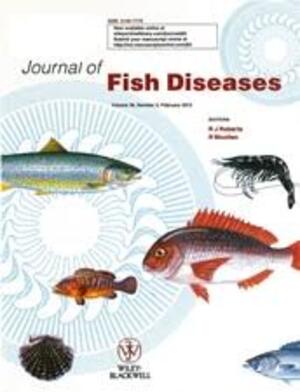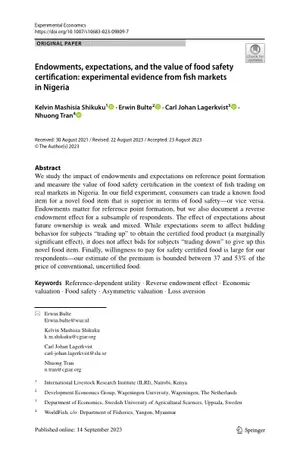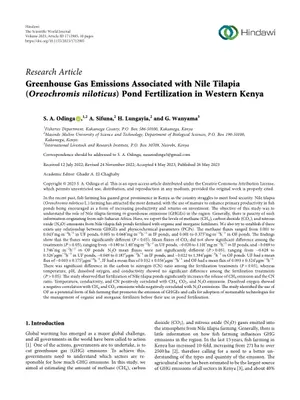
Using the life cycle assessment approach to assess the environmental impacts of fish production in Egypt
 In late 2016, the CGIAR Research Program on Livestock and Fish produced several synthesis products, including a series of briefs on ex-ante environment impact assessment work carried out between 2012 and 2016.
In late 2016, the CGIAR Research Program on Livestock and Fish produced several synthesis products, including a series of briefs on ex-ante environment impact assessment work carried out between 2012 and 2016.
One of the approaches used (in Egypt) was life cycle assessment (LCA). The program has produced two briefs from this experience – the first introducing LCA; the second reporting from an application of the approach in the Egyptian aquaculture value chain.
LCA dates back to the 1970s and was built around the need for a framework that could quantify the environmental impacts of different production chains and aggregate these towards a unit of reference (functional unit). Today the tool is supported by its own ISO standard (ISO 14044 2006), a number of different software packages (e.g. SimaPro and openLCA) and databases (e.g. ecoinvent), and numerous detailed guidelines.
LCA has already extensively been used for livestock, aquaculture and a range of other food commodities. Its strength in these analyses has been its ability to highlight the most environmentally relevant processes throughout value chains and eventual trade-off among different environmental impacts.
Download a brief introducing the LCA approach
- Henriksson, P. and Dickson, M. 2016. Using the life cycle assessment approach to assess the environmental impacts of fish production. Livestock and Fish brief 22. Nairobi: ILRI. http://hdl.handle.net/10568/78471
Download a brief reporting on the application of the LCA approach in the Egyptian aquaculture value chain
- Dickson, M. and Henriksson, P. 2016. A life cycle assessment of the environmental impacts in the Egyptian aquaculture value chain. Livestock and Fish brief 23. Nairobi: ILRI. http://hdl.handle.net/10568/78478
The briefs were produced as part of a synthesis activity of the CGIAR Research Program on Livestock and Fish. It focuses on ex-ante environment impact assessment work carried out between 2012 and 2016 and supported by the Program and other investors.
















